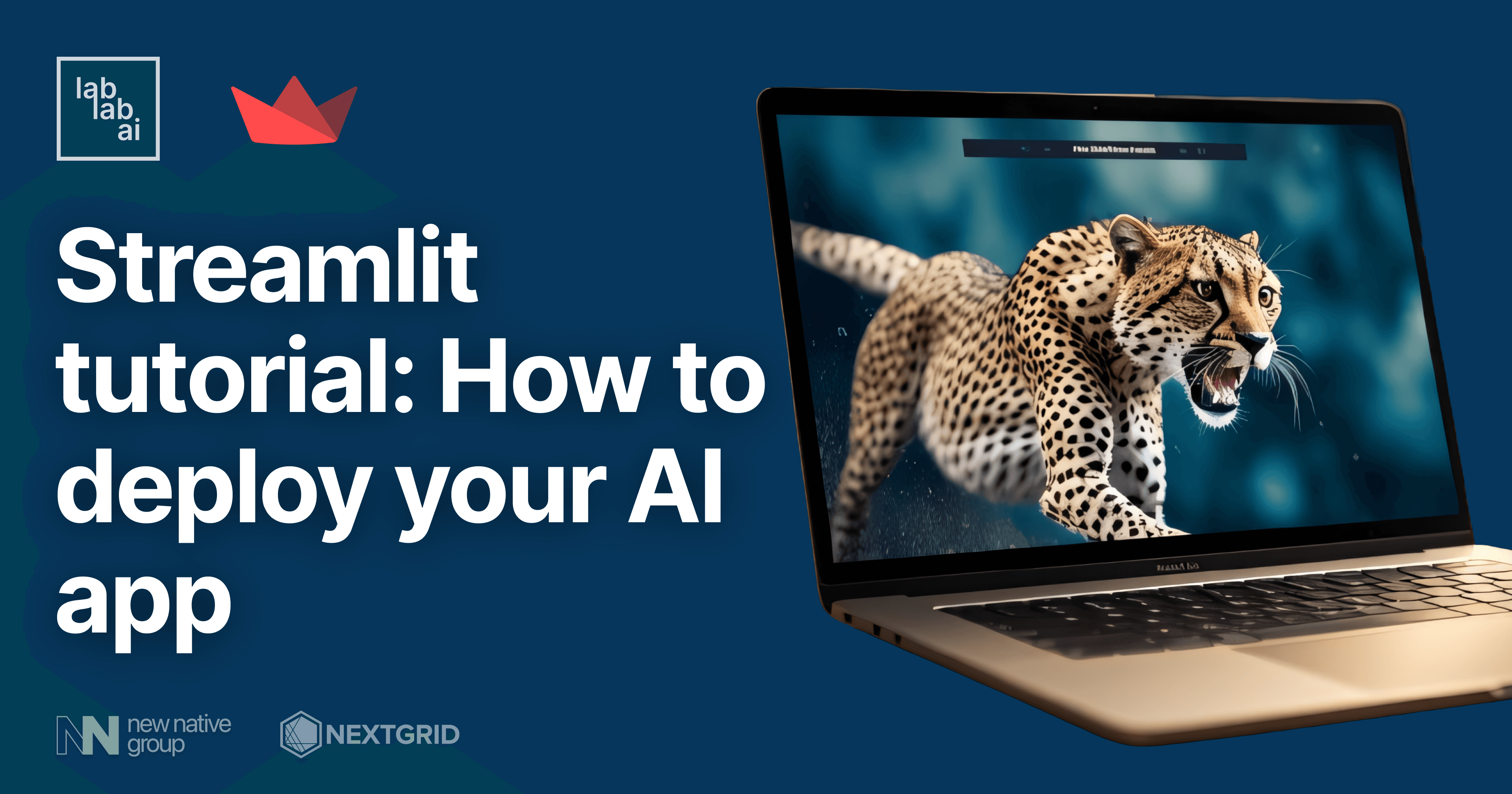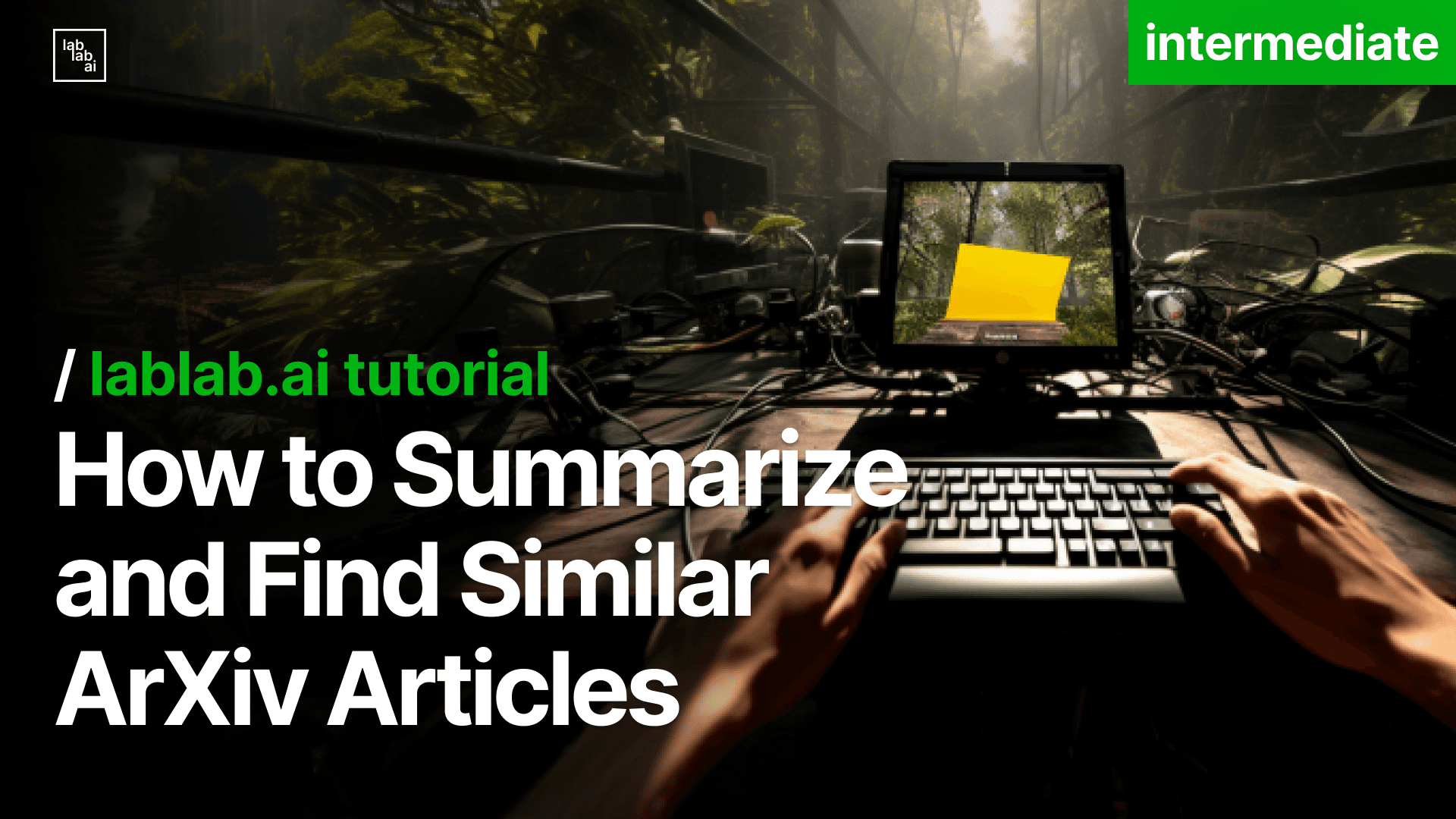Understanding OpenAI Swarm: A Framework for Multi-Agent Systems
Understanding OpenAI Swarm: A Framework for Multi-Agent Systems
The Evolution of Multi-Agent Systems
In the rapidly evolving landscape of artificial intelligence, managing complex workflows has traditionally meant wrestling with monolithic systems or struggling to coordinate multiple specialized components. OpenAI's Swarm framework emerges as an elegant solution to this challenge, offering a fresh perspective on multi-agent orchestration that prioritizes simplicity and control.
Beyond Single-Agent Limitations
Traditional AI implementations often rely on single agents attempting to handle diverse tasks through increasingly complex prompts. This approach, while straightforward, can lead to diminishing returns as the scope of responsibilities grows. Swarm takes a different path, embracing the power of specialized agents working in concert, each focusing on what they do best.
The Architecture of Collaboration
At its core, Swarm's elegance stems from two fundamental abstractions that make it uniquely powerful: Agents and Handoffs. These primitives work together to create a system that's both sophisticated and manageable. Agents serve as specialized workers, each equipped with specific instructions and tools, while handoffs enable seamless transitions between these specialists as needs evolve.
Consider a real-world parallel: much like a well-organized company where different departments handle specialized tasks, Swarm allows AI agents to focus on their areas of expertise while maintaining clear communication channels with their counterparts. This specialization leads to more efficient and effective task completion.
The Power of Specialized Agents
Each agent in Swarm is designed with a specific purpose in mind. For example, a customer service implementation might include:
from swarm import Swarm, Agent
# Initialize the system
client = Swarm()
# Create specialized agents
sales_agent = Agent(
name="Sales Specialist",
instructions="Handle product inquiries and sales with expertise",
functions=[transfer_to_support, transfer_to_refunds]
)
support_agent = Agent(
name="Technical Support",
instructions="Provide detailed technical assistance",
functions=[transfer_to_sales, escalate_to_specialist]
)
This specialization allows each agent to excel in its domain while maintaining the ability to seamlessly hand off tasks when they fall outside their expertise. The result is a more natural and effective interaction flow that better serves the end user's needs.
Seamless Transitions Through Handoffs
The handoff mechanism represents one of Swarm's most powerful features. Unlike traditional systems where context switching often means starting over, Swarm maintains conversation continuity while allowing for specialized handling. This creates a fluid experience where users interact with what feels like a single, highly capable system, even as different specialists handle their specific needs.
The Power of Specialized Routines
In complex AI systems, the ability to handle diverse tasks efficiently often requires more than just capable agents - it requires well-defined workflows. Swarm introduces the concept of routines, which serve as sophisticated playbooks for agents to follow. These routines enable agents to navigate complex scenarios while maintaining consistency and reliability in their responses.
Consider a customer service scenario where multiple specialists need to work together seamlessly. A routine might guide an initial triage agent through the process of understanding a customer's need, then orchestrate a handoff to the appropriate specialist. This approach ensures that customers receive expert attention while maintaining a smooth, cohesive experience.
Real-World Applications
The framework's practical applications become particularly evident in scenarios requiring multiple specialized agents. For instance, in an airline customer service implementation, different agents might handle distinct aspects of the customer journey:
from swarm import Swarm, Agent
# Initialize the airline service system
client = Swarm()
# Create specialized airline service agents
booking_agent = Agent(
name="Booking Specialist",
instructions="Handle flight bookings and itinerary changes",
functions=[transfer_to_support, check_flight_availability]
)
support_agent = Agent(
name="Customer Support",
instructions="Address general inquiries and resolve customer issues",
functions=[transfer_to_refunds, lookup_booking_details]
)
refund_agent = Agent(
name="Refund Specialist",
instructions="Process refund requests and handle compensation cases",
functions=[process_refund, calculate_compensation]
)
This modular approach allows each agent to excel in its specific domain while maintaining the ability to seamlessly collaborate with other specialists when needed. The result is a more natural and effective interaction flow that better serves the end user's needs.
The Stateless Advantage
One of Swarm's most distinctive features is its stateless nature. Unlike the Assistants API, which provides built-in memory management and retrieval, Swarm operates primarily on the client side and doesn't maintain state between calls. This design choice offers several advantages:
First, it provides developers with greater control over the system's behavior and state management. Rather than relying on black-box memory systems, developers can implement exactly the state management approach that suits their needs. Second, this stateless architecture makes the system more predictable and easier to test, as each interaction starts from a clean slate with explicitly provided context.
Building Scalable Solutions
The true power of Swarm emerges in its ability to handle complex, multi-step workflows while maintaining simplicity in implementation. Whether you're building a customer service platform, a personal shopping assistant, or a technical support system, Swarm's architecture allows you to break down complex problems into manageable, specialized components that work together seamlessly.
Implementation Patterns: Building Effective Multi-Agent Systems
The true elegance of Swarm emerges in its implementation patterns. Rather than forcing developers to manage complex state machines or rigid workflows, Swarm encourages a more natural, conversation-like flow between specialized agents. Let's explore how this works in practice through some common patterns.
The Triage Pattern
One of the most powerful patterns in Swarm is the triage system, where an initial agent evaluates requests and routes them to the appropriate specialist. Here's how this might look in practice:
from swarm import Swarm, Agent
# Initialize the system
client = Swarm()
def route_to_specialist(department: str):
specialists = {
"technical": tech_support_agent,
"billing": billing_agent,
"general": customer_service_agent
}
return specialists.get(department)
# Create the triage agent
triage_agent = Agent(
name="Triage Specialist",
instructions="""You are the first point of contact. Analyze customer queries and route them to the appropriate department:
- Technical issues -> technical
- Billing questions -> billing
- General inquiries -> general""",
functions=[route_to_specialist]
)
This pattern creates a natural flow where each query is efficiently directed to the most qualified agent, much like a well-run customer service department.
The Specialist Pattern
Specialists in Swarm are agents designed to excel at specific tasks. The framework's stateless nature allows these specialists to maintain laser focus on their domain while still participating in a larger system. Consider this example of a technical support specialist:
tech_support_agent = Agent(
name="Technical Support",
instructions="""You are a technical support specialist with deep knowledge of our systems.
Focus on resolving technical issues and documenting solutions.""",
functions=[escalate_to_engineering, check_system_status, lookup_documentation]
)
The power of this approach lies in its clarity and separation of concerns. Each specialist can be developed, tested, and refined independently, while still maintaining the ability to participate in complex workflows through Swarm's handoff mechanism.
Context Management in a Stateless World
One of Swarm's most interesting design choices is its stateless nature. Unlike systems that maintain complex state management, Swarm operates primarily on the client side, similar to the Chat Completions API. This approach offers several advantages:
First, it provides developers with complete control over context management. Rather than relying on black-box state management, developers can implement exactly the context preservation they need. Second, it makes the system more predictable and easier to test, as each interaction starts from a clean slate with explicitly provided context.
Consider this example of context preservation during a handoff:
def transfer_with_context(from_agent, to_agent, context):
return {
"agent": to_agent,
"context": {
"previous_agent": from_agent.name,
"conversation_history": context.get("history", []),
"user_preferences": context.get("preferences", {})
}
}
This explicit context management allows for precise control over what information is preserved during handoffs while maintaining the system's lightweight and predictable nature.
Advanced Patterns: Beyond Basic Handoffs
While Swarm's basic primitives are powerful on their own, the framework truly shines when implementing more sophisticated patterns. These patterns emerge from real-world needs and demonstrate how Swarm can handle complex, multi-step workflows while maintaining clarity and control.
The Routine Pattern: Structured Workflows
Routines represent one of Swarm's most sophisticated patterns, allowing agents to follow structured workflows while maintaining the flexibility to adapt to user needs. Here's how this might look in a customer service context:
from swarm import Swarm, Agent
def create_customer_service_routine():
return {
"initial_assessment": {
"instructions": "Assess the customer's need and determine the appropriate specialist",
"next_steps": {
"technical": transfer_to_technical,
"billing": transfer_to_billing,
"general": handle_general_inquiry
}
},
"follow_up": {
"instructions": "Ensure the customer's needs were met before concluding",
"tools": [send_satisfaction_survey, schedule_callback]
}
}
support_agent = Agent(
name="Customer Support",
instructions="Follow the support routine to assist customers effectively",
routine=create_customer_service_routine(),
functions=[transfer_to_technical, transfer_to_billing, handle_general_inquiry]
)
This pattern enables agents to maintain consistent workflows while preserving the ability to make contextual decisions. The routine provides structure, but the agent can still adapt based on the specific situation and user needs.
The Context Preservation Pattern
One of the challenges in multi-agent systems is maintaining context through handoffs. Swarm's stateless nature actually becomes an advantage here, as it forces explicit context management. Consider this pattern for preserving critical information:
def create_context_aware_handoff(from_agent, to_agent, conversation_context):
return {
"destination": to_agent,
"preserved_context": {
"customer_id": conversation_context.get("customer_id"),
"interaction_history": conversation_context.get("history"),
"previous_actions": conversation_context.get("actions_taken"),
"user_preferences": conversation_context.get("preferences")
},
"handoff_summary": summarize_interaction(conversation_context)
}
This approach ensures that critical context flows smoothly between agents while maintaining the system's lightweight and predictable nature.
Real-World Applications: Beyond Theory
The true test of any framework is its practical application. Swarm has demonstrated its value in various real-world scenarios, from customer service to personal shopping assistants. For instance, in an airline customer service implementation, Swarm can orchestrate multiple specialized agents:
- A booking specialist handling flight reservations
- A support agent managing general inquiries
- A compensation specialist handling refunds and special cases
Each agent maintains its focus while seamlessly collaborating with others through Swarm's handoff mechanism. This modular approach allows organizations to build sophisticated systems that can evolve and scale with their needs.
The Future of Multi-Agent Systems
As we look toward the future of AI systems, the patterns established by Swarm offer compelling insights into how we might build more sophisticated, yet manageable multi-agent architectures. While Swarm itself is positioned as an educational framework rather than a production solution, its core principles point to an exciting future for AI system design.
Beyond Traditional Architectures
The traditional approach of building monolithic AI systems with ever-more-complex prompts is giving way to more nuanced, distributed architectures. Swarm's emphasis on lightweight, stateless operations demonstrates how we can maintain control and transparency while building sophisticated systems. This approach allows developers to create systems that are both powerful and maintainable, avoiding the complexity trap that often comes with scaling AI solutions.
Practical Implications
The implications of Swarm's design principles extend far beyond its current implementation. Consider how this approach might transform various industries:
Healthcare systems could deploy specialized agents for initial triage, diagnosis support, and treatment planning, each maintaining clear boundaries while working in concert. Financial institutions might orchestrate agents handling different aspects of customer service, from basic account queries to complex investment advice. Educational platforms could create personalized learning experiences by coordinating multiple specialized tutoring agents.
Looking Ahead
While Swarm itself may be an educational tool, the patterns it establishes have far-reaching implications for the future of AI system design. As we continue to build more sophisticated AI applications, the principles of lightweight coordination, clear handoffs, and specialized agents will likely become increasingly important.
The future may well see these patterns evolve into production-ready frameworks that maintain Swarm's elegance while adding the robustness needed for real-world applications. The key will be preserving the simplicity and clarity that makes Swarm so powerful while scaling to meet the demands of production environments.
Conclusion
OpenAI's Swarm framework represents more than just another tool in the AI ecosystem - it's a glimpse into how we might build more sophisticated, yet manageable AI systems. By emphasizing simplicity, control, and clear patterns for agent coordination, Swarm points the way toward a future where complex AI systems can be both powerful and maintainable.
For developers looking to explore multi-agent systems, Swarm offers valuable lessons in system design, even if it's not intended for production use. Its patterns and principles provide a foundation for thinking about how to structure more complex AI applications while maintaining clarity and control.
The journey toward more sophisticated AI systems continues, but frameworks like Swarm remind us that sometimes the most powerful solutions come from embracing simplicity and clear design principles rather than adding complexity.




